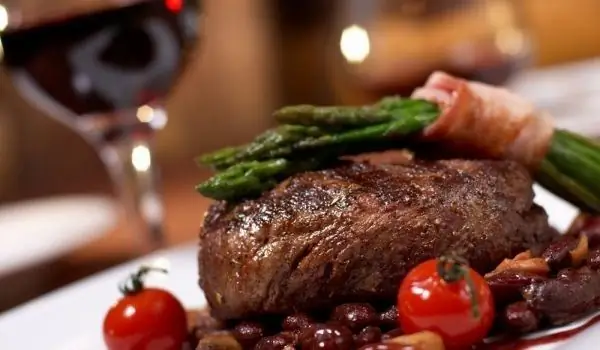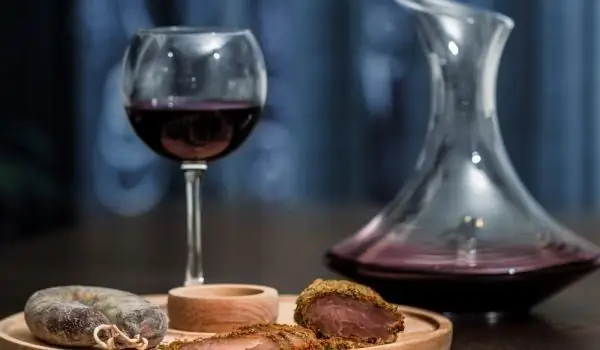2025 Author: Jasmine Walkman | [email protected]. Last modified: 2025-01-23 10:18
The way you cut the products for the salad largely determines its taste, because the taste of the products is felt differently in different types of slicing.
All vegetables for salad should be cut the finer, the denser their tissue - it depends mainly on beets, turnips, celery and carrots.
Spicy products are cut into small pieces so that their taste can be felt throughout the salad, or much larger than other products to emphasize their taste.
All salad products, whether vegetable or fruit, are cut just before cooking, because when cut they lose their nutrients.
Do not store finely chopped vegetables in bright light or in water. Fruits and vegetables that darken quickly - celery, apples, pears, quinces, plums - immediately after slicing are sprayed with lemon juice or salted water.
The most delicious salad is obtained when all the ingredients are cut as described in the recipe, using a large sharp knife. And the shortest storage of the salad in the refrigerator ruins its taste.

Cucumbers, tomatoes, carrots, beets and radishes are cut into thin slices, then they are much tastier. They can also be cut into slices. This applies to all vegetables with a round shape and small size.
If you want to cut vegetables into sticks, first cut them into thin slices, and then cut each plate into sticks. To make cubes, first cut the vegetables into centimeter-thick plates, which are then cut into cubes.
The size of the cubes depends on the type of salad - for warm salads the cubes are larger, and for salads that are used for filling hors d'oeuvres, the cubes are small.
If you want the taste of onion to be felt throughout the salad, cut it into very small pieces or grate it on a grater. Onions can be cut into circles and never cut into sticks because they taste rough.
Green spices such as parsley, dill, green onions are cut in half and then put together to cut evenly and simultaneously. This is best done with a large sharp knife.
Recommended:
The Length Of The Name Of The Dish Determines Its Price

Restaurants in the UK determine the prices of their dishes according to how long the names of the dishes are, writes the Daily Mail. This conclusion was made by Professor Dan Gurafski, a linguist at Stanford University who conducted a study on the subject.
Beef Cutting

Beef can hardly replace pork in the Bulgarian culinary tradition. This is the reason why most terms that refer to beef and its preparation come from German, French, English and even Spanish. In our country, unlike other European countries and the whole of North and South America, there are no old and established traditions for raising calves and cows for meat.
It Is Not The Taste But The Price That Determines The Quality Of The Wine

Do you want to impress your guests with a bottle of aged wine, but you can't afford an expensive and sophisticated brand? Just buy cheap and tell them it's expensive. It is almost certain that they will believe you and even like it. It may sound exaggerated, but a study at the renowned English sociology research journal Journal of Marketing shows that price prejudices can actually change the chemistry of the brain so that your guests can enjoy cheap wine in the same way th
Culinary Cutting Techniques

Every day we enjoy uniquely prepared dishes that are not just something cooked, but culinary masterpieces. But for the preparation of these specialties we need not only love and imagination, but also to get acquainted with the special culinary skills and cutting techniques.
Tips And Techniques For Safe Cutting

Professional chefs handle the knife with enviable ease. Working with a knife provides a very wide field for expression - from simple everyday activities such as cutting a piece of food, through professional work that resembles balance, and to the complex carving techniques that create art from food.

